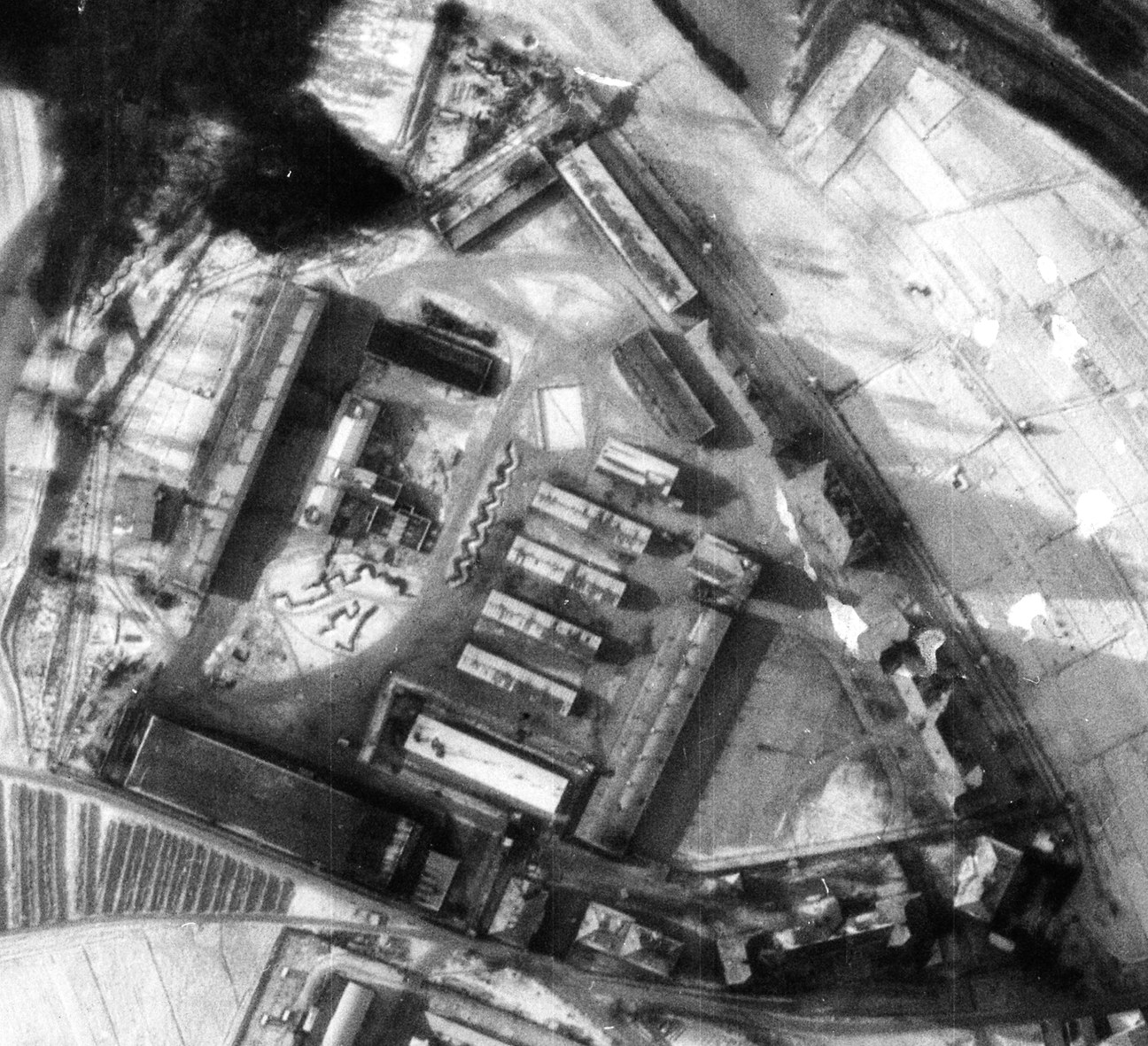Establishment of the camp

As producer of extremely important war material the Steyr-Daimler-Puch company was a high priority target for the Allies.
Several aerial attacks on German ball bearings production sites – among others also in Steyr-Münichholz in February and April 1944 – led to a quicker relocation to underground sites. Towards the end of the war the shortage of manpower in the German war economy was already so advanced that the construction of underground sites was only possible by the massive use of concentration camp prisoners. Unlike the Nazi regime, Steyr-Daimler-Puch was interested in building underground production sites with the help of thousands of concentration camp prisoners not only to continue the armaments production. In underground production facilities major production capacities could be ensured well after a possible and more and more foreseeable end of the war. Thus the concentration camp prisoners also worked in those underground construction projects for the post-war interests of the industry.
Near the village of Roggendorf in the Wachberg hill which consists primarily of quartz sand an underground production site was planned under the code name “Quarz”. The site’s tunnel system was to have a production area of 65.000 m2. As workers for the construction of this underground armaments factory concentration camp prisoners were to be used. So, after first considering to build huts directly near the tunnel construction site in Roggendorf, a concentration camp was established in the then unoccupied Birago Pioneer Barracks of Melk.
On 21st April 1944 the first transport with mostly French prisoners arrived at the concentration camp of Melk. The prisoners were initially housed in the so-called “object X” and later on the whole area of the barracks. Until April 1945 14.390 persons were deported to Melk which became one of the biggest concentration camps on Austrian territory. In January 1945 the number of prisoners reached its peak with more than 10.000 men interned in the tightest of spaces under terrible conditions in buildings of the former barracks and newly erected huts.